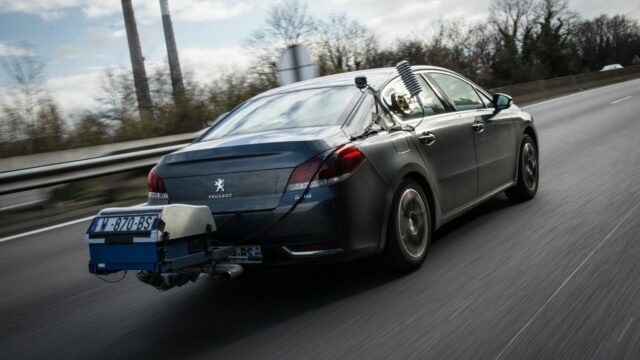We all know that official fuel economy figures have nothing to do with reality










Testing a car's fuel consumption in a laboratory will never be relevant to results obtained by motorists in real life, and automakers are beginning to change their methodologies – particularly in the wake of recent scandals involving VW Group and Mitsubishi.
The PSA Group is one of the first to do that, with the French automaker recently publishing results of real-world fuel consumption tests for 30 of its core models sold under the Peugeot, Citroën, and DS brands. With help from two non-governmental organizations – Transport & Environment (T&E) and France Nature Environment (FNE) – the test procedure is said to replicate the real-world consumption reported by PSA customers in independent surveys.
Audited by Bureau Veritas, the tests are based on The European Union's Real Driving Emissions (RDE) project, and measure fuel consumption using a portable emissions measurement system (PEMS) installed on the vehicle. The measurements were made on public roads open to traffic and under real-life driving conditions – with passengers and luggage, road gradients, and the use of air-conditioning systems. The test loop included 25 kilometers (15.5 miles) of urban driving, 39 km (24.2 miles) of rural driving, and 31 km (19.2 miles) on the motorway.
As expected, there are significant differences between the laboratory tests and those obtained in the real world. Among the 30 models, average fuel economy figures were between 1.2 l/100 km to 2.7 l/100 km higher than those from the lab tests.
The model that was closest to the fuel consumption obtained in the lab is the Peugeot 208 1.6 BlueHDI 100 BVM5, which averaged 4.7 l/100 km (50 mpg US) in the real-world test compared to 3.5 l/100 km (67.2 mpg US) in the laboratory test. At the other end of the spectrum, the Peugeot 3008 1.2 PureTech 130 S&S BVM6 averaged 7.6 l/100 km (30.9 mpg US), compared to 4.9 l/100 km (48 mpg). You can consult results for all 30 models in the attached table.
The PSA Group said it would release real-world fuel economy results for another 20 of its models by the end of 2016 and introduce a simulator on the brands' websites to allow customers to predict their vehicles' fuel consumption based on their driving style and conditions. Finally, by 2017 the automaker will extend measurements "to pollutant emissions of nitrogen oxides (NOx) in customer driving conditions."
